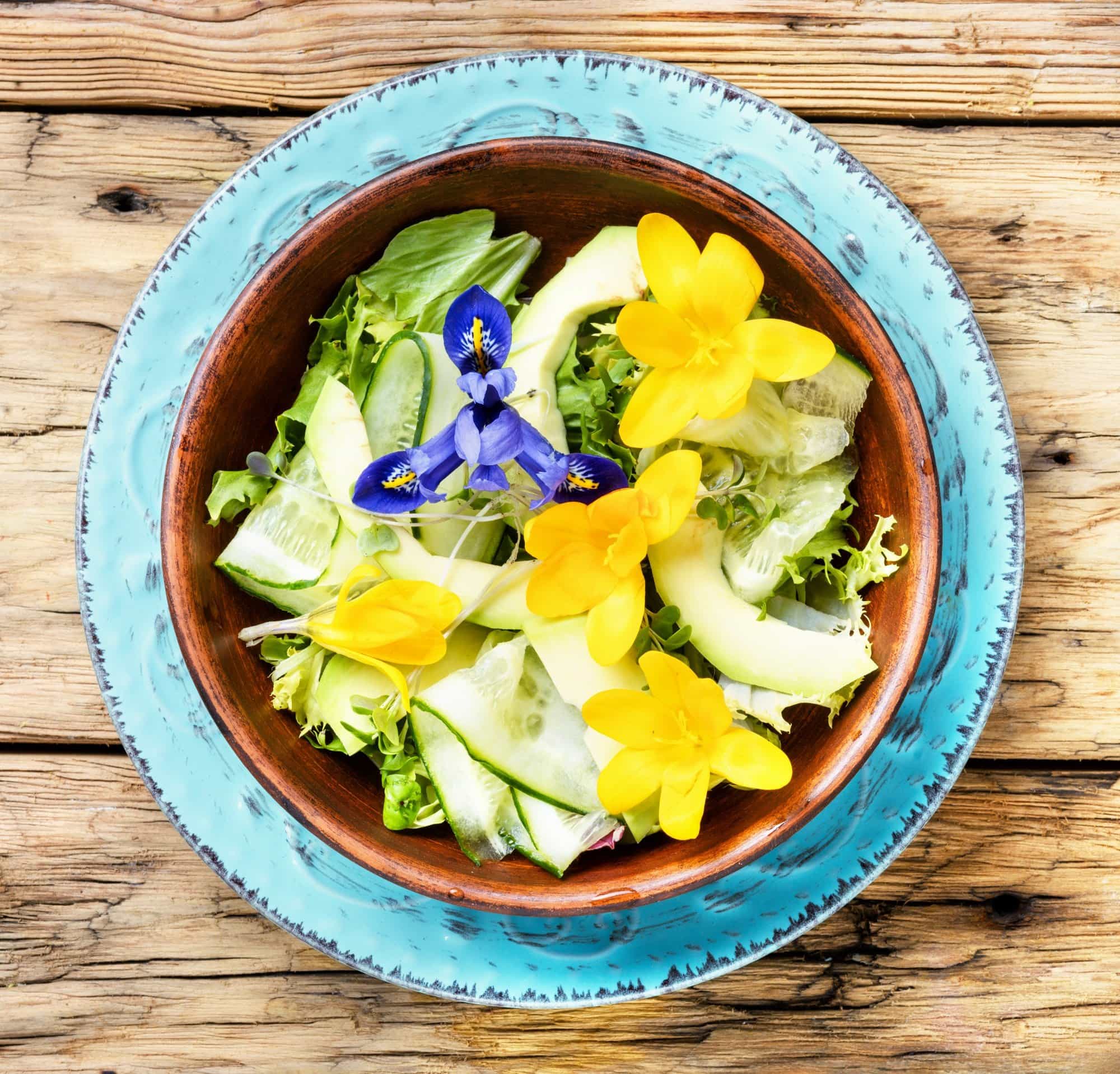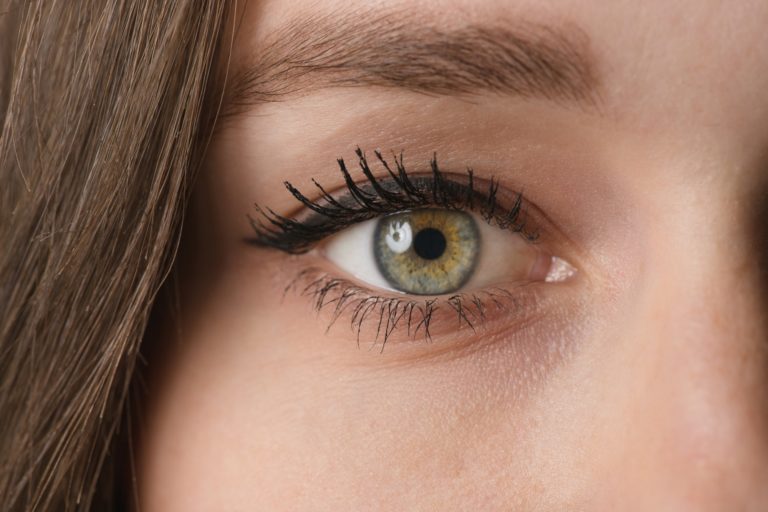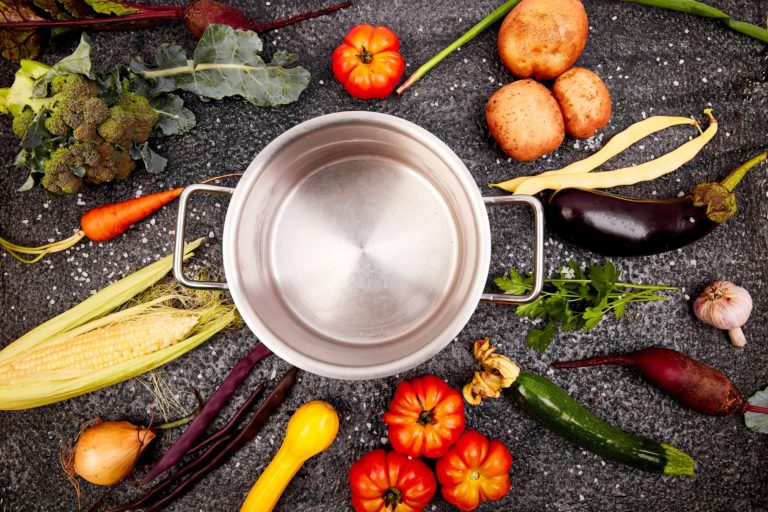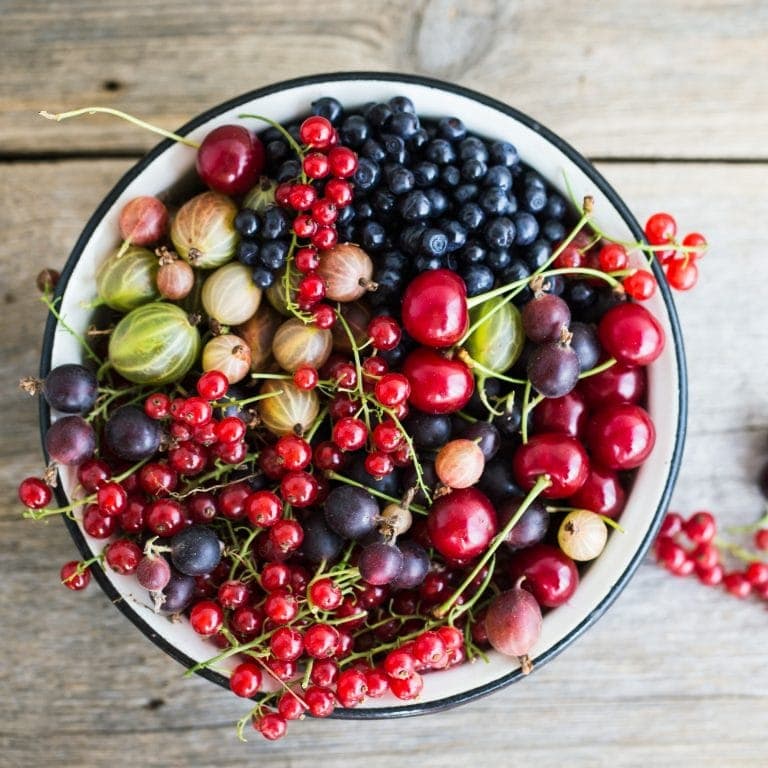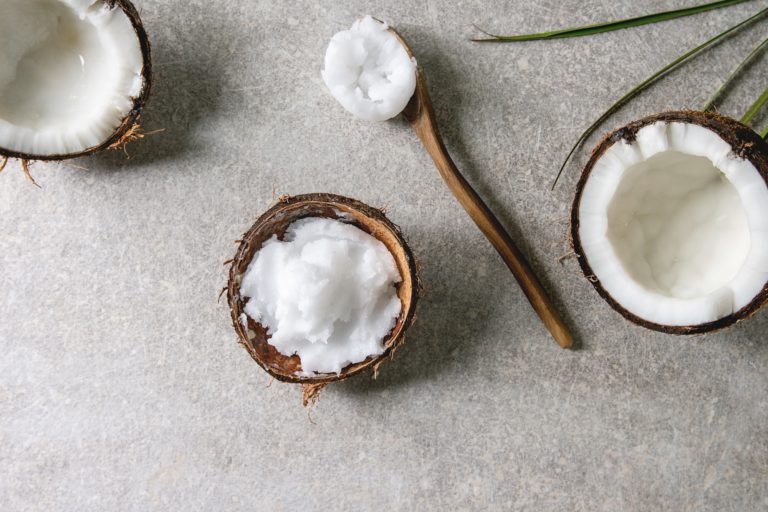Edible Flowers
Eating flowers has been a tradition throughout the world for millennia. Roses and orange flowers have been used in many Middle Eastern and Persian dishes; cherry blossoms and chrysanthemums are used in Japan. In the last three hundred years, butterfly-like nasturtiums (originally from Peru) have been used in Europe and North American cuisine.
Edible flowers are the perfect addition to your garden or work great in a kitchen container garden. Flowers such as violets and calendulas make beautifully colourful and tasty garnishes to salads and raw desserts. Nasturtiums, a favourite of many, have a wonderfully spicy, peppery flavour. Artichoke, broccoli, and cauliflower are some flowers we eat as vegetables without even realizing they are flowers.
Organic flower seeds are available at Choices and Capers and some garden stores later this spring. See below for recipes, edible and non-edible lists, and rules for eating edible flowers.
Caution: Not all flowers are edible. Some are poisonous either naturally or from toxic chemical pesticides.
Edible Flower Salad & Raspberry Vinaigrette
In a salad bowl:
4 cups of romaine lettuce, torn or chopped
4 oz mixed salad greens
1/4 cup edible flower petals
1/8 cup finely chopped fresh herbs (chives, basil and tarragon)
1/4 cup pinenuts or pecans
12 cherry tomatoes, halved
1/4 cup red pepper, sliced or chopped
Vinaigrette:
1/8 cup apple cider vinegar
1 tsp shallots, miced
1/8 cup fresh or frozen raspberries
1/4 tsp dry tarragon leaves
1 1/2 tsp honey or soft dates
2 tsp parsley, chopped
1/2 cup lemon juice
3/4 cup olive oil
Blend ingredients in food processor or vitamix until smooth. Toss with salad.
RULES FOR EDIBLE FLOWERS – VERY IMPORTANT:
1. Not all flowers are edible. Some are poisonous. Learn the difference.
2. Eat flowers only when you are positive they are edible and non-toxic.
3. Eat only flowers that have been grown organically.
4. Do not eat flowers from florists, nurseries or garden centers unless you know they’ve been maintained organically.
5. Do not eat flowers if you have hay fever, asthma or allergies.
6. Do not eat flowers growing on the side of the road.
7. Remove pistils and stamens from flowers before eating. Eat only the petals of the larger flowers.
8. Introduce flowers into your diet the way you would new foods to a baby – one at a time in small quantities.
9. The flowers may be edible, but that does not mean that the berries and leaves are edible.
Note: Pregnant women should avoid all strong herbs and no plant should be ingested in excess by anyone at anytime. None of these plants should be eaten unless they have been grown organically.
Some of the more common EDIBLE FLOWERS* in your garden:
Angelica
Anise Hyssop
Apple Blossom
Artichoke
Arugula
Bachelor Buttons (Cornflower)
Banana
Basil
Bee Balm
Borage
Burnet
Calendula
Carnation
Chamomile
Chicory
Chives
Chrysanthemum
Cilantro / Coriander
Citrus
Clover
Cornflower / Bachelor Buttons
Dandelion
Daylily
Dianthus
Dill
Elderberry
English Daisy
Fennel
Freesia
Fuchsia
Gardenia
Garlic
Geraniums
Gladiolas
Hibiscus
Hollyhock
Honeysuckle
Hyssop
Iceland Poppy
Impatiens
Jasmine
Johnny Jump Up
Lavendar
Lemon Verbena
Lilac
Linden
Mallow
Marigold
Marjoram
Mint
Mustard
Nasturtium
Oregano
Okra
Onion
Orange Blossom
Pansy
Passionflower
Pea
Pineapple Sage
Primrose
Radish
Red Clover
Redbud
Rose
Rosemary
Rose of Sharon
Runner Bean
Safflower
Sage
Savory
Scented Geranium
Snapdragon
Society Garlic
Squash Blossom
Sunflower
Sweet Marigold
Sweet William
Thyme
Tuberous Begonia
Tulip
Viola
Violet
Winter Savory
Yucca
An Incomplete List of POISONOUS FLOWERS* Commonly Found in the Garden:
Aconite
Anemone
Anthurium
Atamasco Lily
Autumn Crocus
Azalea
Baneberry
Bead Tree
Belladonna
Black Locust
Black Snakeroot
Bloodroot
Boxwood
Buttercup
Butterfly Weed
Caladium
Calla Lily
Carolina Jasmine
Castor Bean
Cherry Laurel
Chinaberry
Christmas Rose
Clematis
Daffodil
Deadly Nightshade
Death Cammus
Delphinium
Dogsbane
Dumbcane
Elephant Ears
False Hellebore
Four O’clock
Foxglove
Gardenia
Gloriosa Lily
Golden Chain Tree
Goldenseal
Heavenly Bamboo
Henbane
Horse Chestnut
Horse Nettle
Hyacinth
Hydrangea
Iris
Ivy
Jack-in-the-Pulpit
Jerusalem Cherry
Jessamine
Jetbead
Jimson Weed
Jonquil
Kentucky Coffee Tree
Laburnum
Lantana
Larkspur
Leopardsbane
Lily of the Valley
Lobelia
Marsh Marigold
May Apple
Mescal Bean
Mistletoe
Monkhood
Morning Glory
Mountain Laurel
Nightshade
Ohio Buckeye
Oleander
Periwinkle
Philodendron
Poinsettia
Poison Hemlock
Potato
Privet
Rhododendron
Rock Poppy
Schefflera
Spring Adonis
Star of Bethlehem
Strawberry Bush
Sweet Pea
Tobacco
Tomato (blooms)
Trumpet Vine
Wahoo
Water Hemlock
Wild Cherry
Windflower
Wisteria
Wolfsbane
Yellow Allamanda
Yellow Oleander
*Flower lists compiled by Jennifer A. Wickes of www.betterbudgeting.com.
